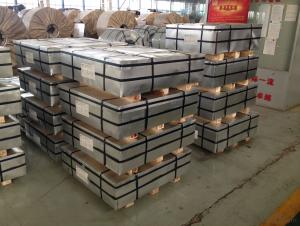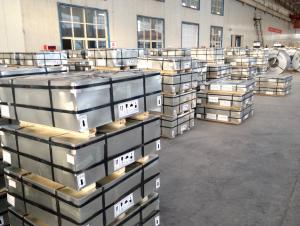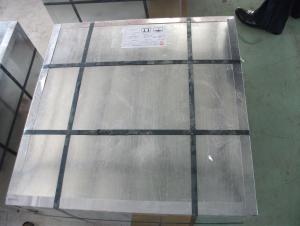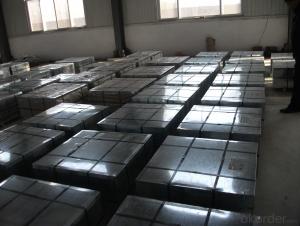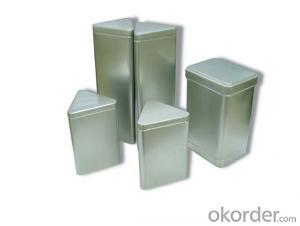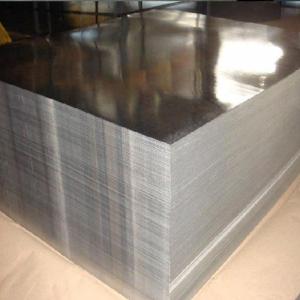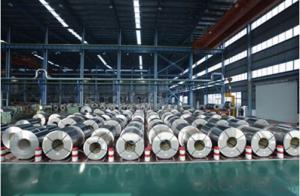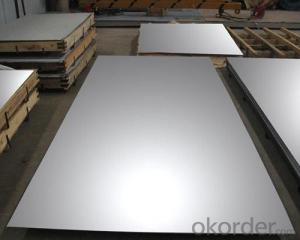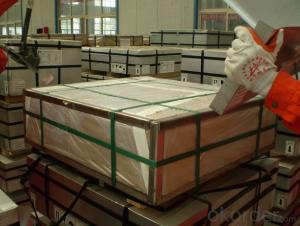Tinplate Breckenridge
Tinplate Breckenridge Related Searches
4 By 8 Plastic Sheets Thin Plastic Sheets Flexible Tinplate Coil Quotes Tinplate Iron Clear Plastic Sheets Hard Plastic Sheets 4X8 Lightweight Plastic Sheets Wavy Plastic Sheets White Plywood Sheets Poly Styrene Foam SheetsHot Searches
Tinplate China Tinplate Stock Price Tata Tinplate Price List Tinplate Price Trend Tinplate Nse Share Price Tinplate Price Chart Tinplate Share Price Nse Tata Tinplate Share Price Tinplate Share Price Today Tinplate Share Price Bse Tinplate Price Tinplate Share Price Tinplate Coil Manufacturers Tinplate Sheet Suppliers Food Mixer Sale Tinplate Factory Tinplate Production Tinplate Products Ltd Tinplate Products Tinplate Can ManufacturersTinplate Breckenridge Supplier & Manufacturer from China
Okorder.com is a professional Tinplate Breckenridge supplier & manufacturer, offers integrated one-stop services including real-time quoting and online cargo tracking. We are funded by CNBM Group, a Fortune 500 enterprise and the largest Tinplate Breckenridge firm in China.Hot Products
FAQ
- Tinplate is not significantly affected by exposure to UV light due to its protective coating of tin, which acts as a barrier against UV radiation.
- Yes, tinplate can corrode over time due to exposure to moisture, oxygen, and other corrosive elements. However, the corrosion rate of tinplate is relatively slow compared to other metals, thanks to the protective layer of tin that covers the steel base. Regular maintenance and proper storage conditions can help slow down the corrosion process.
- Tinplate packaging contributes to product freshness by providing a protective barrier against external factors such as air, moisture, and light. This helps to prevent oxidation and preserve the quality, taste, and aroma of the packaged product. Additionally, tinplate packaging has excellent sealing properties, ensuring that the contents remain airtight and free from contamination, thereby extending the shelf life and maintaining product freshness.
- Tinplate can be manufactured into various forms and shapes, including sheets, coils, cans, containers, boxes, and packaging materials.
- There are several different types of tinplate coatings available, including tin-free steel (TFS), electrolytic chromium-coated steel (ECCS), and tin-coated steel. These coatings provide varying levels of protection against corrosion and can be chosen based on specific requirements and applications.
- Tinplate contributes to the overall durability of packaging due to its inherent strength and corrosion resistance. It provides a protective barrier against moisture, oxygen, and light, ensuring the contents inside are well-preserved and protected. Additionally, tinplate is highly resistant to impacts and scratches, making it less prone to damage during handling and transportation. Thus, the use of tinplate in packaging significantly enhances its strength, longevity, and overall durability.
- Is it necessary for the two cold rolling in the process of tinplate production, such as tempering and cold rolling (also called flatness)?
- Generally used in rolling and sheeting. The tinplate is usually below 0.2mm and needs to be subjected to 2 cold rolling. Of course depends on the thickness of the raw material.
- Tinplate maintains its shape during the manufacturing process due to its strong structural integrity and rigidity. The tin coating on the steel substrate provides an additional layer of protection, preventing the material from deforming or bending easily. This ensures that the tinplate retains its desired shape throughout various manufacturing steps such as cutting, shaping, and forming.
















